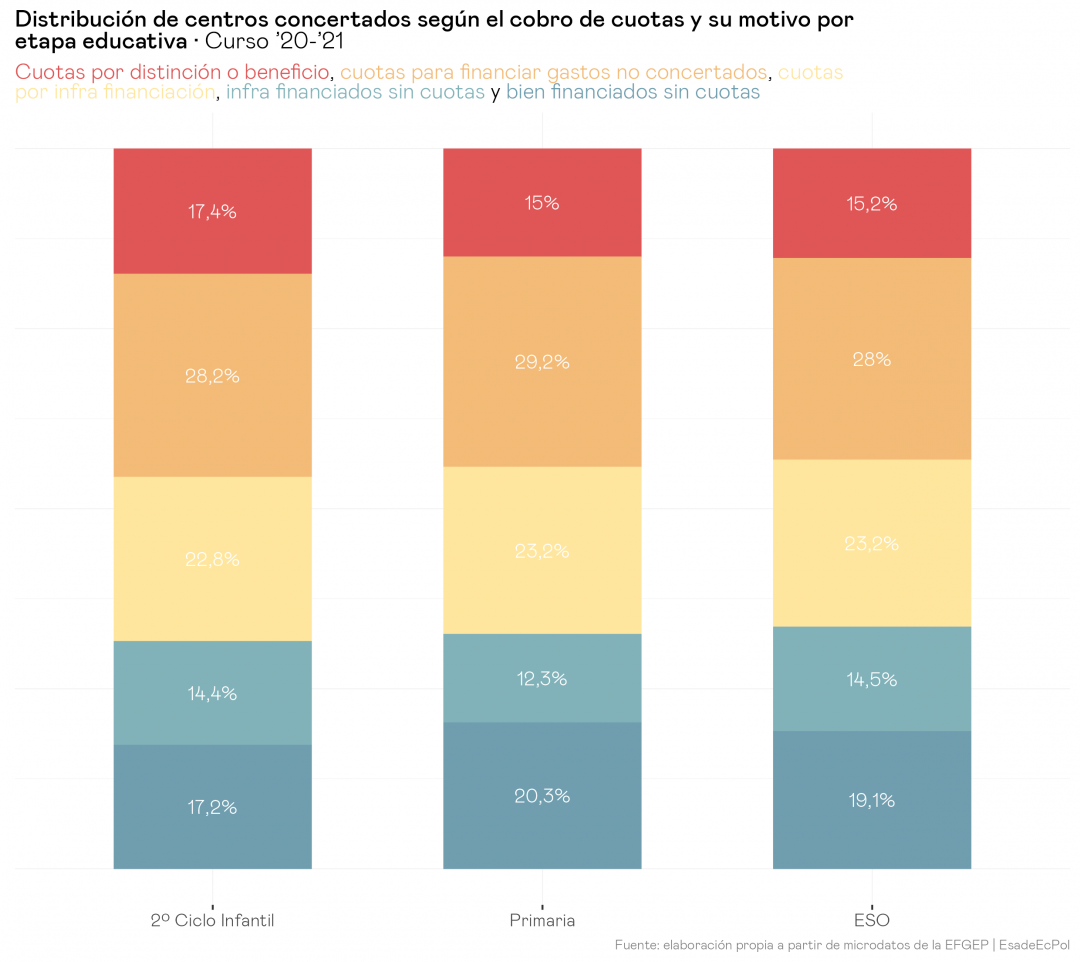
In the media: our research around 8M
19 Mar, 2024
Lucia Cobreros, Teresa Raigada and Jorge Galindo made a diagnosis of equal opportunities in the STEM sector from basic education to the labor market. In this post we leave you a summary of their main contributions in the media:
- Only 5.5% of women hold STEM jobs, compared to 13% of men. Ignacio Zafra in his article for El País stresses the need to counteract gender stereotypes of women both in educational centers and at home.
- The authors Lucía Cobreros and Teresa Raigada were interviewed on TVE, Cuatro, Telecinco y La Sexta news programs; Jorge Galindo appeared on RNE and Cadena COPE commenting on the results.
As seen in the PISA data, Spain is the third country in the EU with the biggest performance gap in mathematics between boys and girls in 4th grade of primary school. Journalists Sofía Pérez y Yuly Jara wrote in El Diario about the self-dismissal of girls in the technological branch, although the majority of those passing in the science modality are women (79% vs 73.5%). - Europa Press focused on self-perception, anxiety and affection for mathematics as key factors in the STEM career gap, analyzing the low participation of women in scientific-technical fields, from early ages to the labor market.
- Cadena Ser discussed the low rates in STEM university degrees, analyzing that women enrolled do not reach 50% in almost any case, and in Mathematics (36%), Physics (27%), Telecommunications (23%), or Computer Science (13%) are especially low.
It is key to encourage participation in STEM, through extracurricular activities, summer courses, elimination of biases, radical cultural changes and an increase in female references to overcome the gender gap, summarized Iñigo Fernández in el Correo.
Lidia Farré, Libertad González, Claudia Hupkau, and Jenifer Ruiz-Valenzuela made a study on the use of paternity leave. In this post we leave you a summary of their main contributions in the media:
- Spanish regulations have 3 incentives that boost the use of leave: it is non-transferable, it is fractionable, and the generosity of the remuneration (100%). Javier Jorrín writes in El Confidencial about the large fractionation on the part of fathers (more than 50%), unlike mothers (4.5%).
- Ana Martín and José Carpio’s article for RTVE highlights the almost total use of the available weeks of paternity leave by fathers. Fathers tend to take on average 12 of their 16 weeks, 75% of their total leave, while the mother is also enjoying maternity leave.
- As the report notes, in 2021 Spain became the first country in the world where both parents had equal and 100% paid leave. Ana Requena echoes our report in El Diario highlighting the differences in the length of leave depending on the sector of activity in which the parents work.
- In The Economist, María Medinilla reports on the splitting of leave, which occurs more in competitive or more highly educated sectors. In the Canary Islands, Andalusia and Extremadura only 35-45% of fathers split their leave, while in Navarre, La Rioja and the Basque Country 70% do so.


